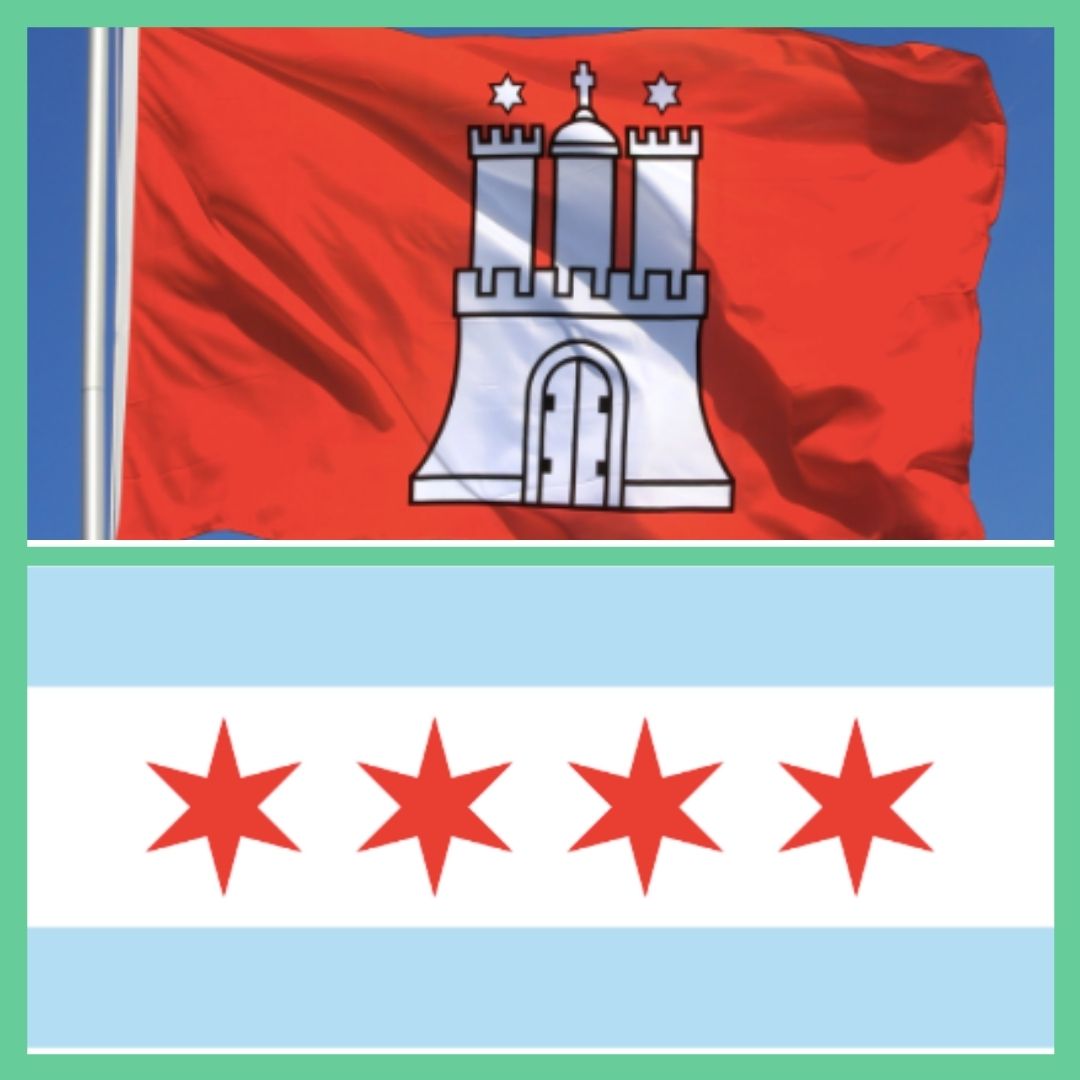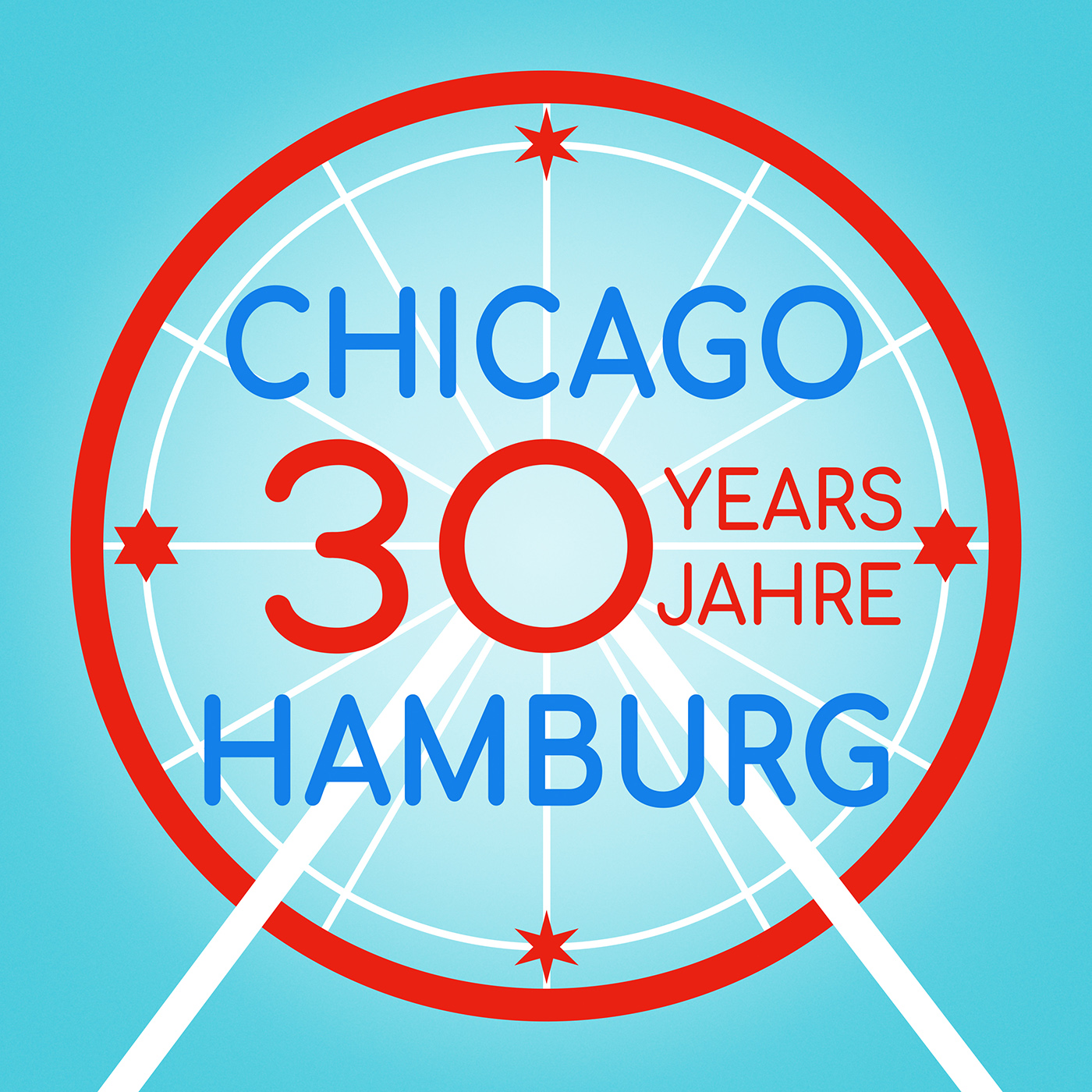Two cities, one partnership, many similarities
The term for Partnerstädte in English is Sister Cities. But how similar are the Hanseatic city and the Windy City really? It quickly becomes apparent that both cities are located by the water. What Lake Michigan is to Chicagoans, the Elbe is to Hamburgers. Both cities also share the fact that they were ravaged by fires around the mid-19th century, which destroyed large parts of both cities.
Chicago and Hamburg also share the distinction of being leaders in urban mobility within their respective countries. Unusually for a North American city, Chicago boasts an extensive network of 480 km of bike lanes, while Hamburg has even more, with 1,700 km. Public transportation is notably well-developed in Chicago compared to other North American cities, with the iconic “Chicago L” elevated train system. In Hamburg, buses and trains have been operating under the HVV (Hamburger Verkehrsverbund) since 1965.
The still young city partnership—or “sister city” relationship, as it’s called in Chicago—will celebrate its 30th anniversary in 2024. We look forward to the next 30 years filled with new friendships and opportunities for transatlantic collaboration!
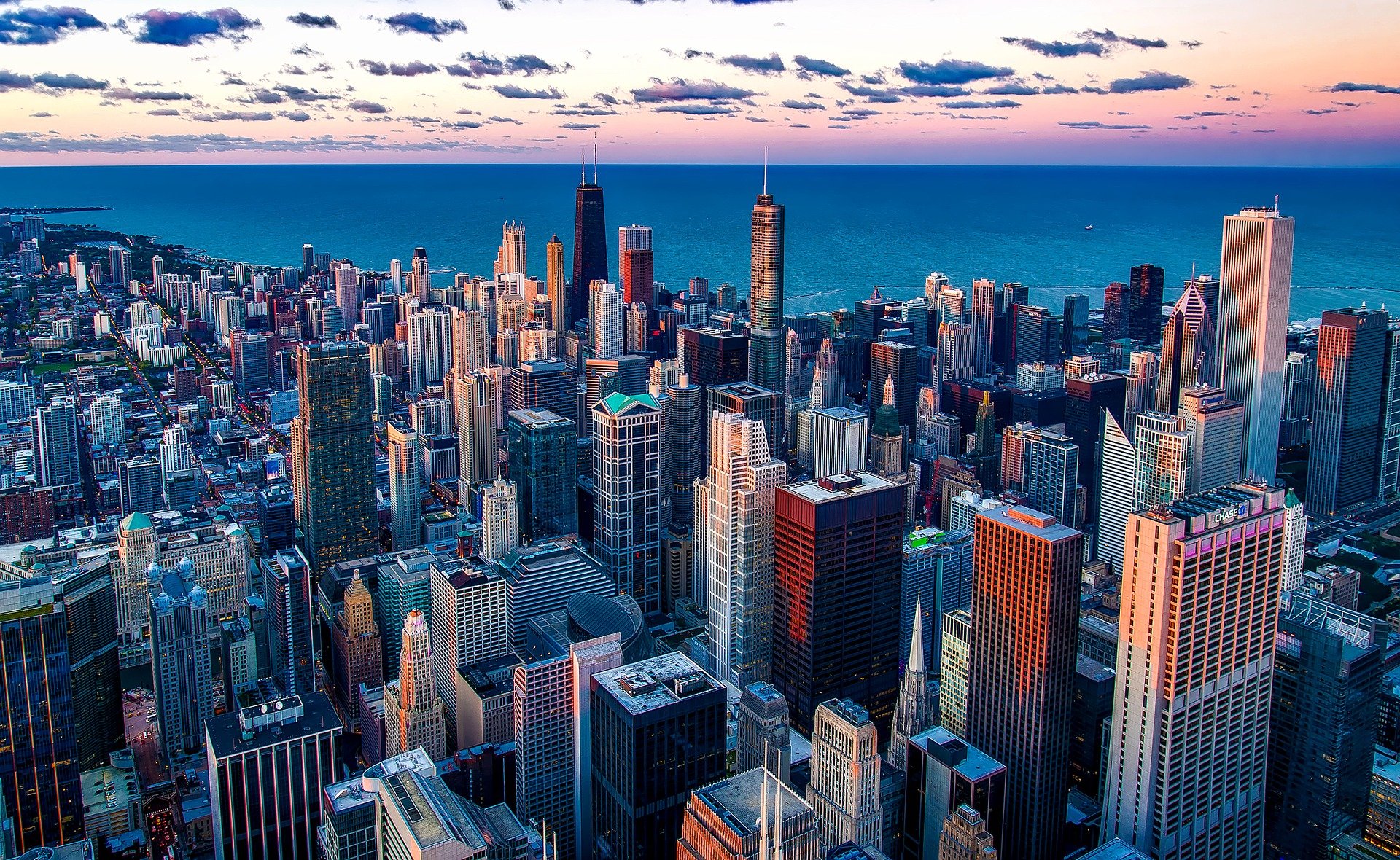
Chicago, the Windy City
The third-largest city in the U.S. is located on Lake Michigan in the state of Illinois. Chicago is home to 2.7 million people, and the entire metropolitan area has a population of 9.5 million.
History
The name “Chicago” comes from an indigenous language and means “onion field.” The first non-indigenous resident of the area was Jean Baptiste Point du Sable, who moved there in the 1770s as a free Black man with his wife from Haiti. The city of Chicago was officially founded in 1833, but Point du Sable is still recognized as the founder of Chicago.
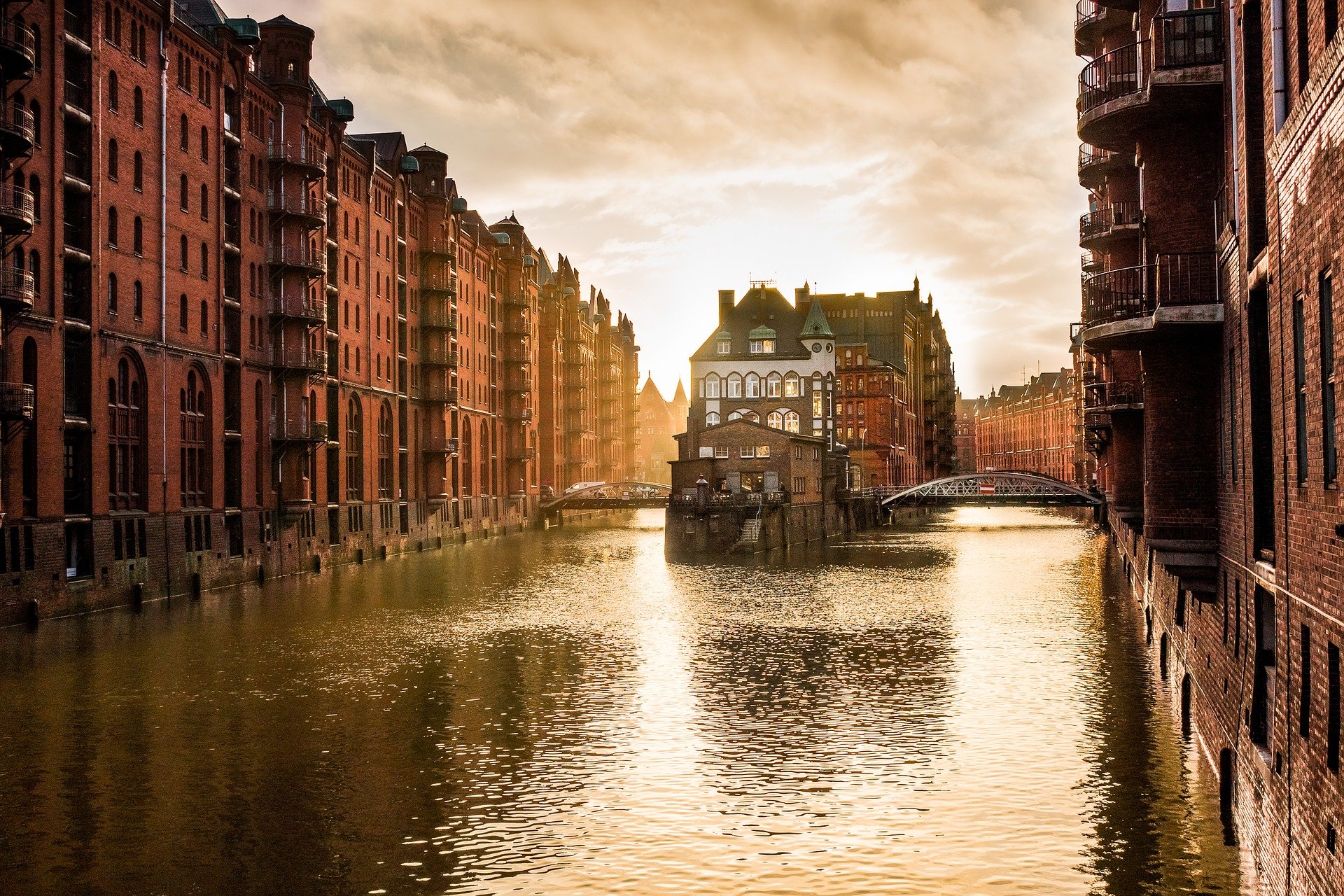
Hamburg, the Gate to the World
History and Economy
The name of the city derives from the Carolingian Hammaburg, meaning “fortress on the peninsula.” Due to its flourishing international trade during the Hanseatic period, Hamburg, founded in the 8th century, quickly became one of the most significant economic centers in Northern Europe. This development was further enhanced by its proximity to the North and Baltic Seas and its excellent rail connections. Today, the Port of Hamburg is the largest seaport in Germany and ranks third in Europe. Additionally, one in every six Airbus aircraft is manufactured in Hamburg, and one in every five aircraft is maintained by Lufthansa Technik in Hamburg. The city’s attractive location and connectivity also make it appealing to U.S. companies such as Google and Facebook, which have their German headquarters there.
The Tale of Two Cities

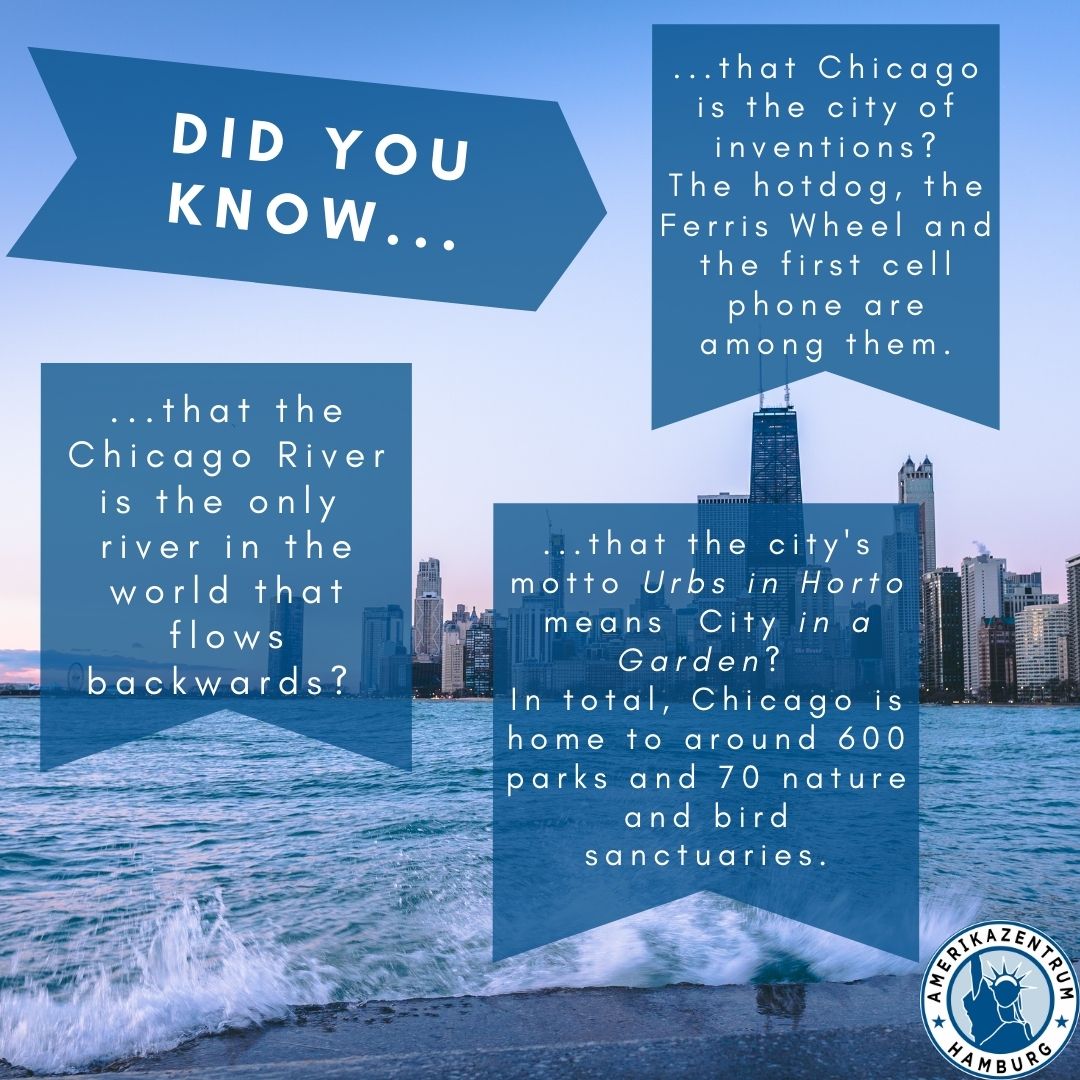
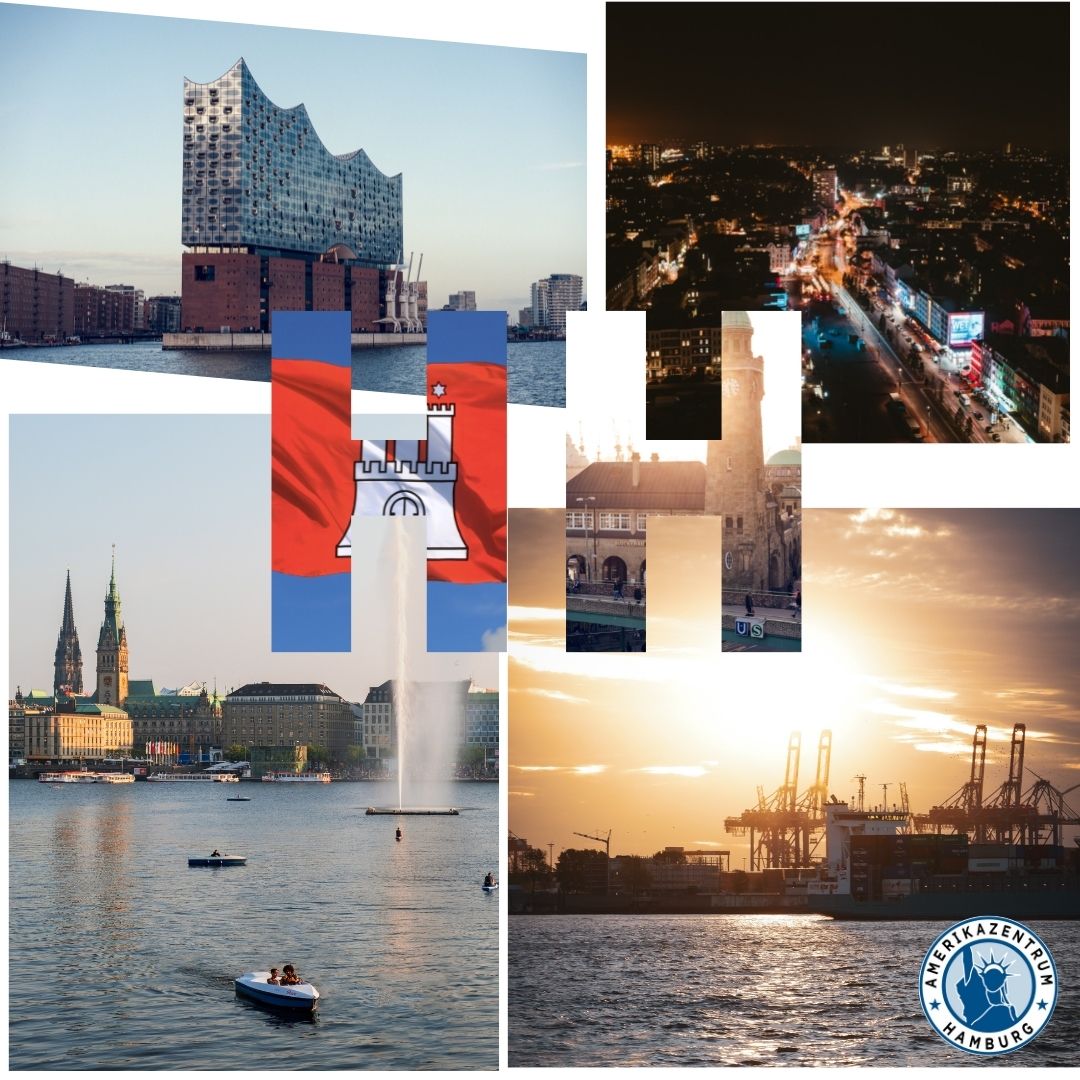
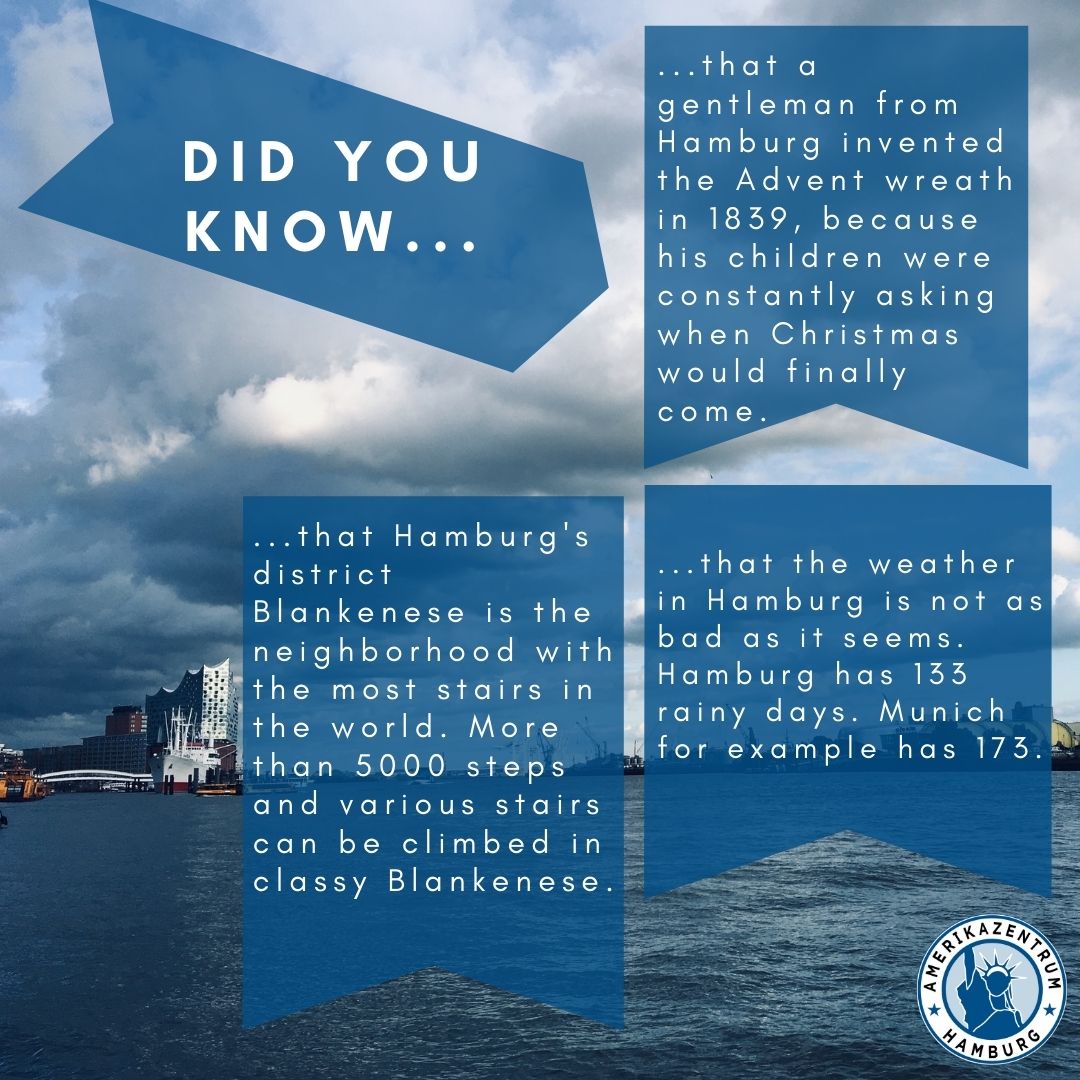
More Information
DANK Haus German American Cultural Center, Chicago
Förderkreis Hamburg-Chicago e. V.
Bergstraße 28
20095 Hamburg
Tel.: (040) 697 989 690
